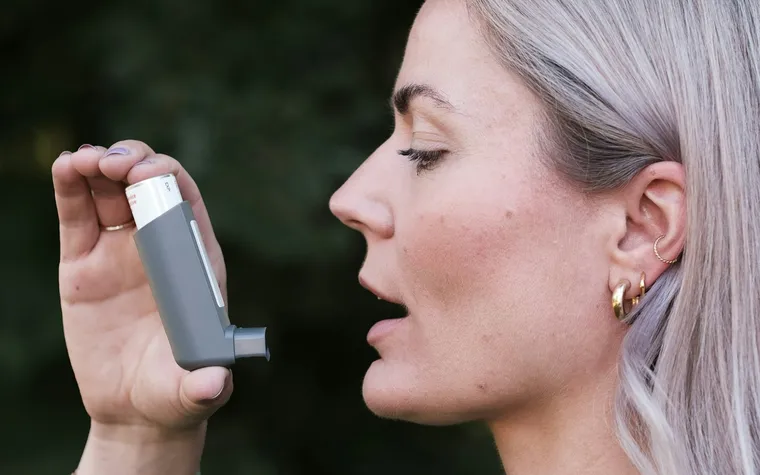Chronic Obstructive Pulmonary Disease (COPD) is a progressive lung condition that causes breathing difficulties due to airflow obstruction. It includes chronic bronchitis and emphysema, both of which damage the lungs over time. One of the most effective treatments for COPD is the use of inhalers, which help manage symptoms and improve lung function.
COPD inhalers deliver medication directly to the lungs, providing fast relief from shortness of breath, wheezing, and coughing. They come in different types, including bronchodilators and corticosteroids, which help open airways and reduce inflammation. Choosing the right inhaler depends on the severity of COPD and a doctor's recommendations.
Understanding COPD and Its Impact
COPD affects millions of people worldwide, leading to a reduced quality of life due to breathing difficulties. The condition is primarily caused by smoking, long-term exposure to air pollutants, or genetic factors such as alpha-1 antitrypsin deficiency. As COPD progresses, daily activities become more challenging due to persistent coughing, mucus production, and breathlessness.
While COPD is not curable, treatment options, including inhalers, can help slow disease progression and relieve symptoms. These medications improve airflow, reduce inflammation, and prevent sudden flare-ups known as exacerbations. Proper inhaler use can make a significant difference in managing COPD and enhancing daily life.
Types of COPD Inhalers
There are several types of inhalers used to treat COPD, each serving a specific function:
1. Bronchodilators
Bronchodilators help relax the muscles around the airways, making breathing easier. They come in two main types:
- Short-Acting Bronchodilators (SABAs and SAMAs)
These inhalers provide quick relief from sudden symptoms and are used on an as-needed basis. Examples include albuterol (Ventolin, ProAir) and ipratropium (Atrovent).
2. Corticosteroid Inhalers
Inhaled corticosteroids (ICS) reduce inflammation in the lungs, decreasing mucus production and preventing flare-ups. They are typically used in combination with bronchodilators. Examples include fluticasone (Flovent) and budesonide (Pulmicort).
3. Combination Inhalers
Some COPD inhalers combine bronchodilators and corticosteroids for more effective symptom control. These include:
- LABA + LAMA inhalers (e.g., Anoro Ellipta)
- LABA + ICS inhalers (e.g., Advair, Symbicort)
- Triple therapy inhalers (e.g., Trelegy Ellipta), which combine LABA, LAMA, and ICS for severe cases.
How to Use COPD Inhalers Properly
Using inhalers correctly is crucial to ensuring that the medication reaches the lungs effectively. Follow these steps:
- Shake the Inhaler (if required) – Some inhalers need shaking before use to mix the medication properly.
- Exhale Completely – Breathe out fully before inhaling the medication.
- Inhale Slowly and Deeply – Press the inhaler while taking a slow, deep breath.
- Hold Your Breath – Hold for about 10 seconds to allow the medication to reach deep into the lungs.
- Rinse Your Mouth – If using a corticosteroid inhaler, rinse your mouth with water to prevent infections like oral thrush.
Using a spacer with a metered-dose inhaler (MDI) can also improve medication delivery, especially for individuals with coordination difficulties.
Choosing the Right COPD Inhaler
The choice of inhaler depends on several factors, including:
- Severity of COPD symptoms
- Frequency of flare-ups
- Patient preference and ease of use
- Doctor’s recommendations
For mild cases, a short-acting bronchodilator may be sufficient, while moderate to severe cases often require long-acting bronchodilators or combination inhalers. Triple therapy inhalers are typically reserved for severe COPD patients with frequent exacerbations.
Conclusion
With different inhaler options available, it's essential to work with a healthcare provider to determine the best treatment plan. Proper inhaler use, lifestyle modifications, and medical supervision can help individuals with COPD breathe easier and maintain daily activities with greater comfort.

